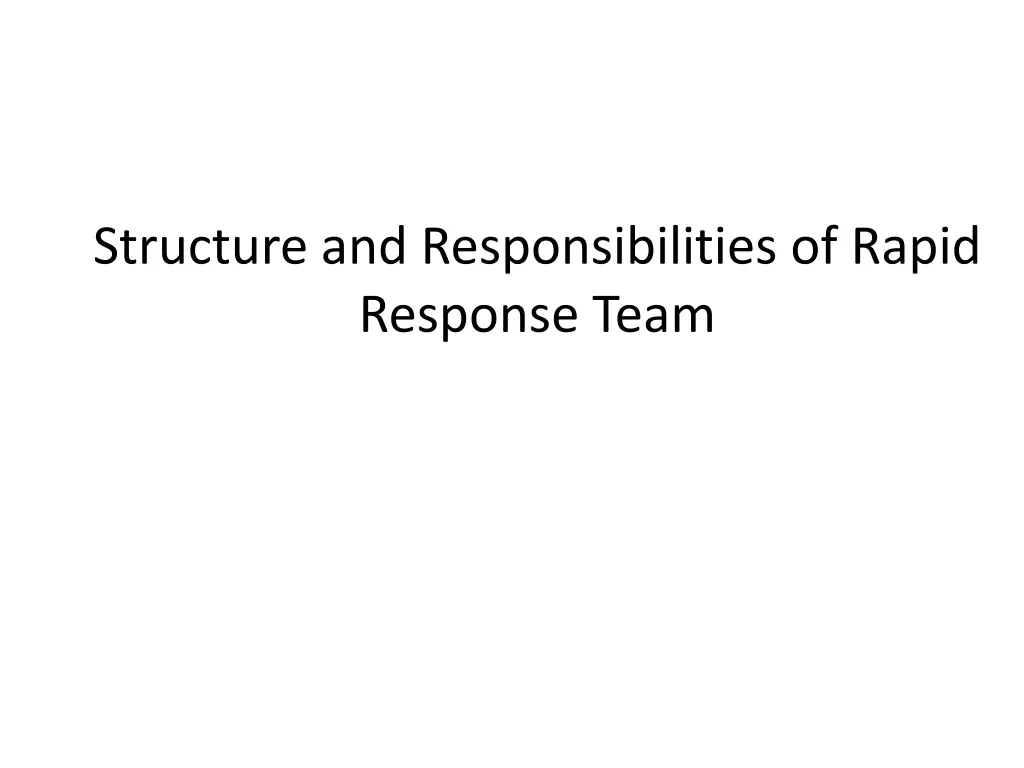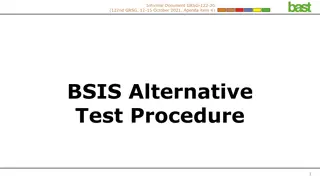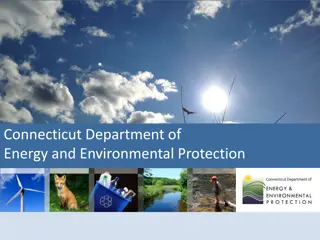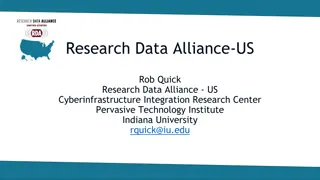
Outbreak Investigation Guide
Gain insights into the structure and responsibilities of a Rapid Response Team (RRT) for outbreak investigations. Understand the importance of identifying, investigating, and controlling outbreaks effectively. Discover the steps involved in outbreak investigations and the key responsibilities of RRT members. Explore why investigating outbreaks is crucial for public health and how it aids in disease prevention and control.
Download Presentation

Please find below an Image/Link to download the presentation.
The content on the website is provided AS IS for your information and personal use only. It may not be sold, licensed, or shared on other websites without obtaining consent from the author. If you encounter any issues during the download, it is possible that the publisher has removed the file from their server.
You are allowed to download the files provided on this website for personal or commercial use, subject to the condition that they are used lawfully. All files are the property of their respective owners.
The content on the website is provided AS IS for your information and personal use only. It may not be sold, licensed, or shared on other websites without obtaining consent from the author.
E N D
Presentation Transcript
Structure and Responsibilities of Rapid Response Team
The RRT needs sufficient knowledge and skills to investigate and respond rapidly to an outbreak.
Structure An RRT consists of 1. A surveillance officer 2. A clinician 3. A laboratory technician 4. A risk communication officer 5. A point of entry officer
Other relevant disciplines An animal health officer for zoonosis
Responsibilities Identify investigation team and resources. Establish existence of an outbreak. Verify the diagnosis. Construct case definition. Find cases systematically and develop line listing. Perform descriptive epidemiology/develop hypotheses. Evaluate hypotheses/perform additional studies as necessary. Implement control measures.
Responsibilities Responsibilities To Investigate an outbreak To recognize an outbreak To identify the source of illness To guide public health intervention Using Routine surveillance activities Reports from clinicians and laboratories Reports from affected individuals
Why investigate an outbreak? Characterize a public health problem Identify preventable risk factors Provide new research insights into disease Train health department staff in methods of public health investigations and emergency response
Steps of an outbreak investigation 1. Verify the diagnosis and confirm the outbreak 2. Define a case and conduct case finding 3. Tabulate and orient data: time, place, person 4. Take immediate control measures
Steps of an outbreak investigation 5. Formulate and test hypothesis 6. Plan and execute additional studies 7. Implement and evaluate control measures 8. Communicate findings
Verify the diagnosis and confirm the outbreak Confirm laboratory testing Rule out misdiagnoses or laboratory error
Define a case and conduct case finding Develop a specific case definition using: Symptoms or laboratory results Time period Location Conduct surveillance using case definition Existing surveillance Active surveillance (e.g. review medical records) Interview case-patients
Tabulate and orient data Create line listing Person Who was infected? What do the cases have in common? Place Where were they infected? May be useful to draw a map Time When were they infected? Create an epidemic curve
Take immediate control measures If an obvious source of the contamination is identified institute control measures immediately!
Formulate and test hypothesis Develop hypotheses literature reviews of previous outbreaks interviews of several case-patients Conduct an analytic study to test hypotheses Retrospective cohort study Case-control study
Plan and execute additional studies Environmental sampling Collect appropriate samples Allow epidemiological data to guide testing If analytic study results are conclusive, don t wait for positive samples before implementing prevention
Implement and evaluate control measures Prevent further exposure and future outbreaks by eliminating or treating the source Work with regulators, industry, and health educators to institute measures Create mechanism to evaluate both short- and long-term success
Communicate findings Identify a single member of the investigation team to interact with media and communicate progress and findings Summarize investigation, make recommendations, and disseminate report to all participants
Online resources Information for Public Health Professionals- Investigating Foodborne Disease Outbreaks. Available online at: http://www.cdc.gov/foodborneoutbreaks/info_healthpro fessional.htm To conduct an online outbreak investigation, Botulism in Argentina, visit the CDC website at: http://www.phppo.cdc.gov/phtn/casestudies/ computerbased/default.htm To explore an historical outbreak investigation, visit the online UNC John Snow Case Study at: http://www.sph.unc.edu/courses/Course_support/ Case_studies/John Snow
References Michael Gregg. Field Epidemiology. 2nd edition. Oxford University Press, 2002. Control of Communicable Disease in Man, 17th edition. Chin, J (ed). APHA, 2000. Principles & Practice of Infectious Diseases, 5th edition. Mandell GL, Bennett JE, Dolin R (eds). Churchill Livingstone; 2000













